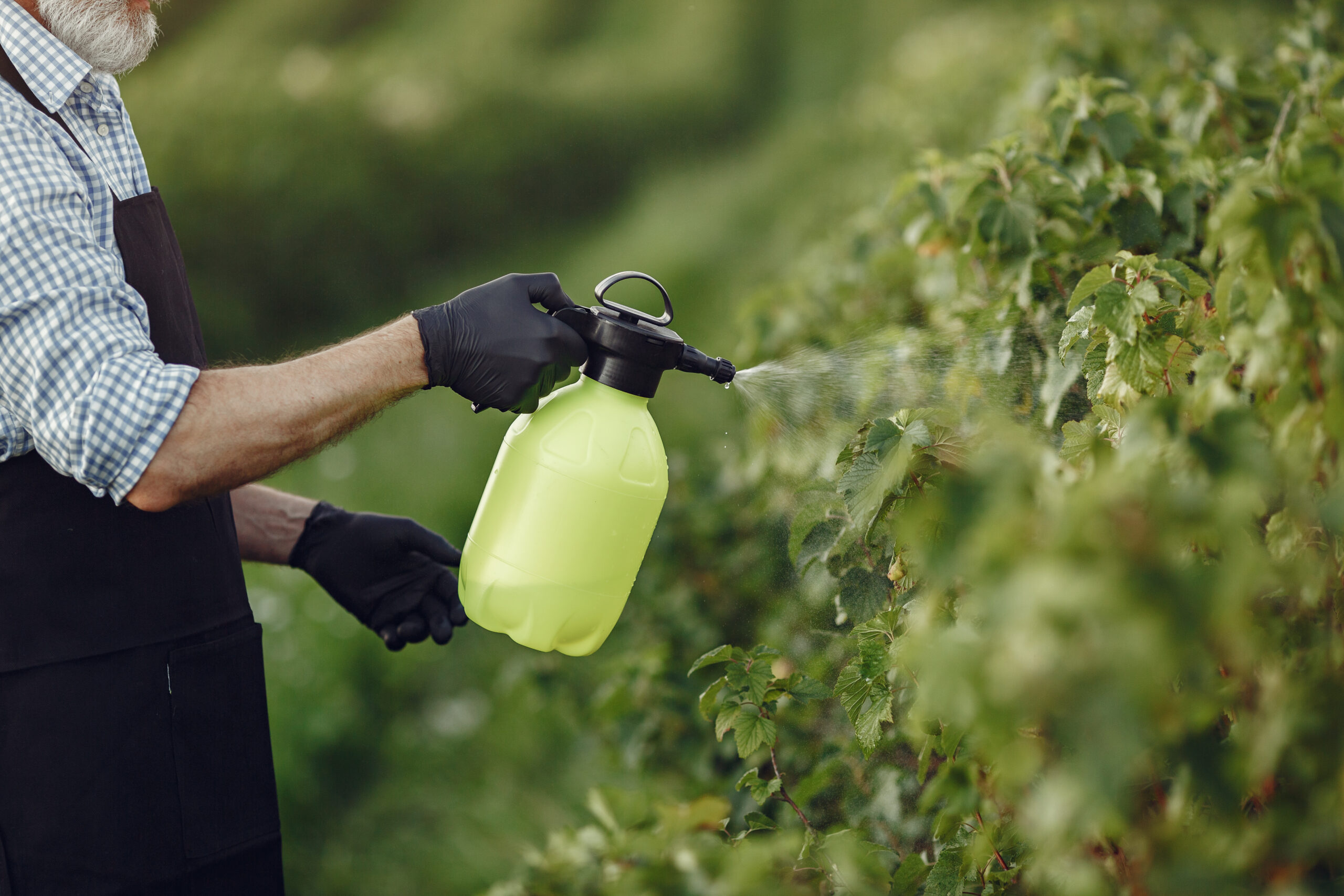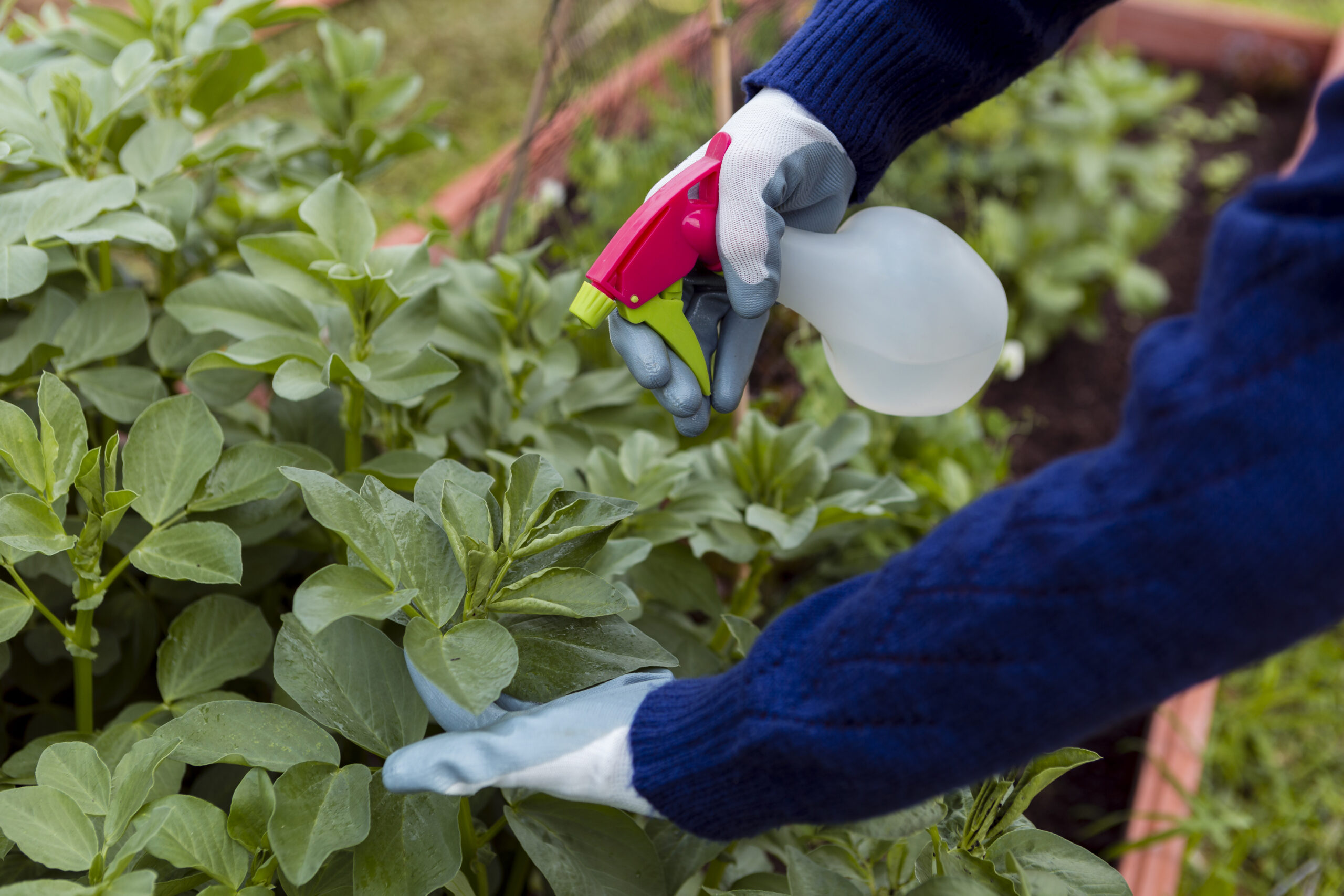- Pet
Largest Dog Breeds: Giant Canines with Big Hearts


Vinegar has long been a staple in kitchens, but its uses extend far beyond culinary applications. For gardening enthusiasts and homeowners seeking an eco-friendly alternative to commercial herbicides, vinegar offers a practical solution for controlling weeds. This natural method is not only cost-effective but also reduces the chemical load on your garden. In this article, we will explore effective methods for using vinegar as a weed killer, compare it with commercial products, discuss the impact of combining vinegar with Epsom salt, and highlight the best times for application. Additionally, we will cover safety tips and the long-term effects of vinegar on soil health.
Vinegar’s active ingredient, acetic acid, works by drawing moisture out of plant leaves, causing them to dry up and die. To maximize its effectiveness, it’s important to use vinegar with a higher concentration of acetic acid than the typical household variety. While household vinegar contains about 5% acetic acid, horticultural vinegar contains between 15% and 30% acetic acid and is more effective for weed control.
To apply vinegar as a weed killer, follow these step-by-step application methods:
When comparing vinegar to commercial weed killers, several factors come into play, including effectiveness, cost, and environmental impact. Vinegar is an attractive option for those seeking a natural and biodegradable alternative. It is particularly effective on young, annual weeds and can be used safely around children and pets once it has dried.
However, vinegar may not be as effective on perennial weeds with deep root systems. In such cases, commercial weed killers may offer a more comprehensive solution. These products often contain systemic chemicals that penetrate the plant and kill it from the roots up. While effective, they come with environmental and health concerns due to their chemical composition.
For those looking to boost the weed-killing power of vinegar, combining it with Epsom salt can enhance the results. Epsom salt acts as a desiccant, further dehydrating the plant tissues. A common mixture ratio is one gallon of vinegar to one cup of Epsom salt. This combination can be particularly effective on stubborn weeds.
To prepare the mixture:
Apply as you would with vinegar alone, ensuring you target the leaves of the weeds directly.

Timing is crucial when using vinegar for weed control. The seasonal timing for application can significantly impact its effectiveness. The best time to apply vinegar is during the warmer months when weeds are actively growing. Early spring and summer are ideal, as young weeds are more susceptible to the effects of vinegar.
Applying vinegar during the hottest part of the day can also enhance its effectiveness, as the sun will help to expedite the drying process. It is important to avoid applying vinegar on windy days to prevent accidental drift onto desirable plants.
While vinegar is a natural product, it is still important to take safety precautions when using it as a weed killer. High concentrations of acetic acid can cause skin irritation and damage to eyes. Here are some safety tips to consider:
One concern for gardeners using vinegar is its potential impact on soil health. While vinegar is biodegradable and breaks down quickly, repeated use in the same area can lower the soil’s pH, making it more acidic. This can affect the growth of plants that prefer neutral or alkaline soil conditions.
To mitigate this, consider testing your soil’s pH regularly and adjusting it as needed with lime or other soil amendments. Additionally, use vinegar sparingly and only on targeted areas to minimize any negative impact on the soil and surrounding plants.
In conclusion, vinegar offers a practical and eco-friendly solution for weed control, especially when used with careful application and timing. By understanding its benefits and limitations, homeowners and gardening enthusiasts can effectively incorporate vinegar into their weed management strategies.